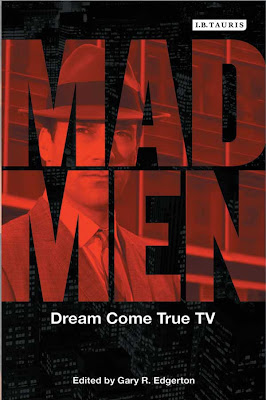 The Epidemic: A Collision of Power, Privilege, and Public Health by David DeKok tells the story of how a vain and reckless businessman became responsible for a typhoid epidemic in 1903 that devastated Cornell University and the surrounding town of Ithaca. Eighty-two people died, including twenty-nine Cornell students.
The Epidemic: A Collision of Power, Privilege, and Public Health by David DeKok tells the story of how a vain and reckless businessman became responsible for a typhoid epidemic in 1903 that devastated Cornell University and the surrounding town of Ithaca. Eighty-two people died, including twenty-nine Cornell students.
Protected by influential friends, William T. Morris faced no retribution for this outrage. His legacy was a corporation—first known as Associated Gas & Electric Co. and later as General Public Utilities Corp.—that bedeviled America for a century. The Three Mile Island nuclear accident in 1979 was its most notorious historical event, but hardly its only offense against the public interest.
The Ithaca epidemic came at a time when engineers knew how to prevent typhoid outbreaks but physicians could not yet cure the disease. Both professions were helpless when it came to stopping a corporate executive who placed profit over the public health. Government was a concerned but helpless bystander.
For modern-day readers acutely aware of the risk of a devastating global pandemic and of the dangers of unrestrained corporate power, The Epidemic provides a riveting look back at a heretofore little-known, frightening episode in America’s past that seems all too familiar. Written in the tradition of The Devil in the White City, it is an utterly compelling, thoroughly researched work of narrative history with an edge.
David DeKok is the author of Fire Underground: The Ongoing Tragedy of the Centralia Mine Fire (Globe Pequot Press), which previously appeared as Unseen Danger. A former award-winning investigative reporter for the Patriot-News in Harrisburg, Pennsylvania, he has been a guest on Fresh Air and The Diane Rehm Show.
Note: Books noticed on this site have been provided by the publishers. Purchases made through this Amazon link help support this site.








